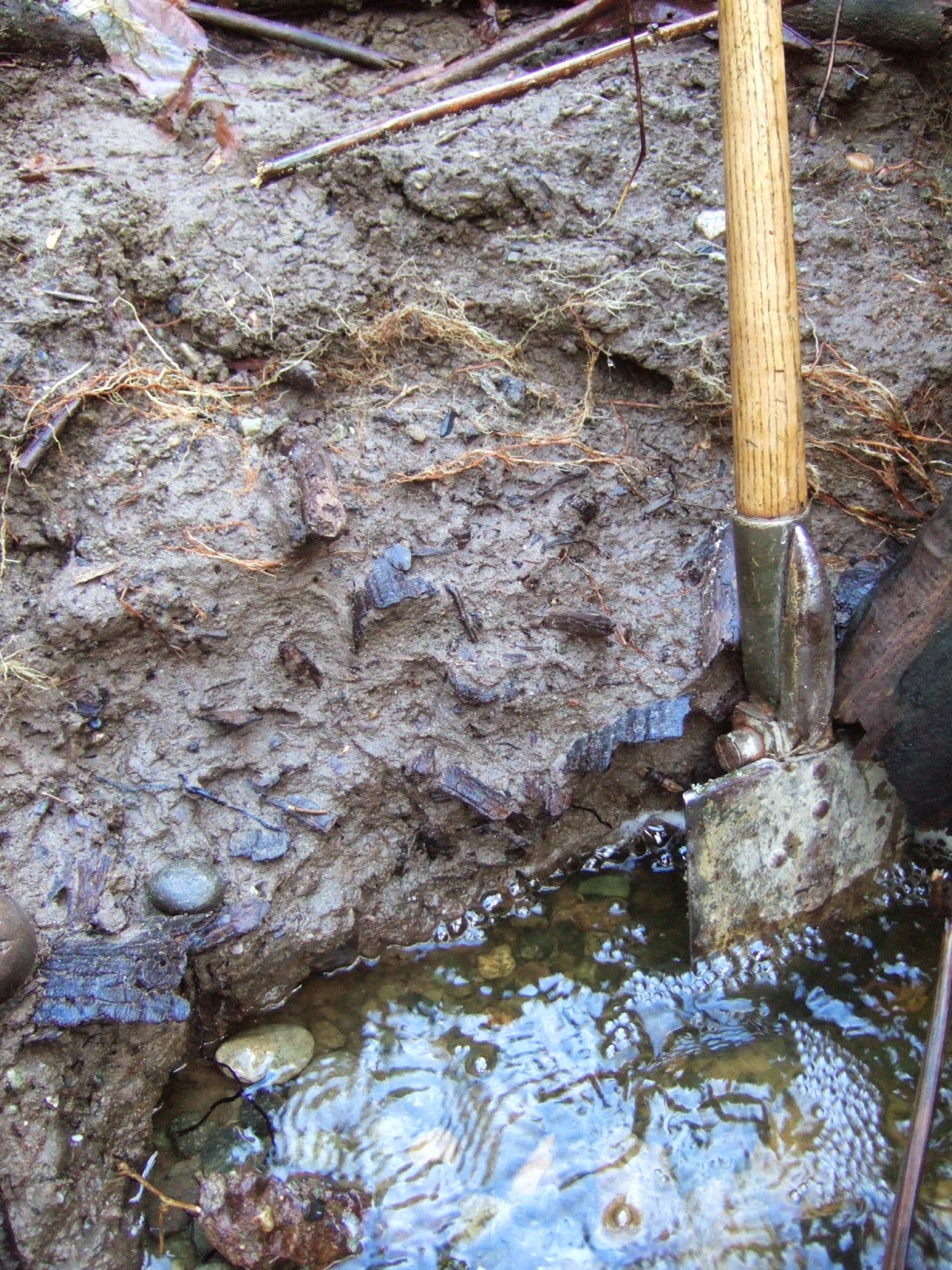I am currently volunteering on the Whatcom County Critical Areas Regulations Technical Advisory Committee. The Growth Management Act requires periodic updates of the Critical Areas Regulations. Critical Areas Regulations include geologic hazard areas; hence my participation.
We have been slogging through the Administrative Provisions section and during our last meeting a thought provoking discussion regarding beavers took place. There is a section of the regulations that allows activities within critical areas as long as notification is provided to the County. One of the allowed activities is the "Alteration or removal of beaver-built structures two years old or less". There are some conditions that must be met first - namely a HPA (hydraulic permit approval) from the Washington State Department of Fish and Wildlife.
One of the principal goals of the critical areas regulations is no net loss of habitat and critical areas functions. Beavers present a rather complex challenge. The historic loss of beavers via trapping for the fur trade long before our landscape became even part of the United States has had a profound impact on streams and wetlands and corresponding habitat. The idea of allowing removal of beaver structures that are less than two years old would mean that no long term loss is taking place, but does suggest that the potential net gains might be dampened as beavers try to slowly make a comeback.
The consequences of beaver construction activity is far reaching and alas in some circumstances will be in direct conflict with human infrastructure and activities. A simple example would be a beaver dam in a culvert of a drainage ditch backing up water over a road or over acres of farm land. Coexistence with beavers may not be practical in some places.
While I understand that beaver recovery and the corresponding habitat is a good thing, the critical areas regulations may not be the best approach to recovery and the County should take a minimal regulatory approach. In part I think encouragement of notification is a good idea and tracking those notifications so that appropriate and successful habitat areas can be identified. And hopefully the two great construction mammals will be able to find places to coexist. And the positive aspects of beavers change to the landscape will provide returns by aiding the other species that have been harmed by the past decline of beavers.
On a lighter note while beaver dam removal requires an HPA, beavers have been building dams without HPAs or without obtaining approved Ecology dam permits.
We have been slogging through the Administrative Provisions section and during our last meeting a thought provoking discussion regarding beavers took place. There is a section of the regulations that allows activities within critical areas as long as notification is provided to the County. One of the allowed activities is the "Alteration or removal of beaver-built structures two years old or less". There are some conditions that must be met first - namely a HPA (hydraulic permit approval) from the Washington State Department of Fish and Wildlife.
One of the principal goals of the critical areas regulations is no net loss of habitat and critical areas functions. Beavers present a rather complex challenge. The historic loss of beavers via trapping for the fur trade long before our landscape became even part of the United States has had a profound impact on streams and wetlands and corresponding habitat. The idea of allowing removal of beaver structures that are less than two years old would mean that no long term loss is taking place, but does suggest that the potential net gains might be dampened as beavers try to slowly make a comeback.
The consequences of beaver construction activity is far reaching and alas in some circumstances will be in direct conflict with human infrastructure and activities. A simple example would be a beaver dam in a culvert of a drainage ditch backing up water over a road or over acres of farm land. Coexistence with beavers may not be practical in some places.
While I understand that beaver recovery and the corresponding habitat is a good thing, the critical areas regulations may not be the best approach to recovery and the County should take a minimal regulatory approach. In part I think encouragement of notification is a good idea and tracking those notifications so that appropriate and successful habitat areas can be identified. And hopefully the two great construction mammals will be able to find places to coexist. And the positive aspects of beavers change to the landscape will provide returns by aiding the other species that have been harmed by the past decline of beavers.
On a lighter note while beaver dam removal requires an HPA, beavers have been building dams without HPAs or without obtaining approved Ecology dam permits.















































